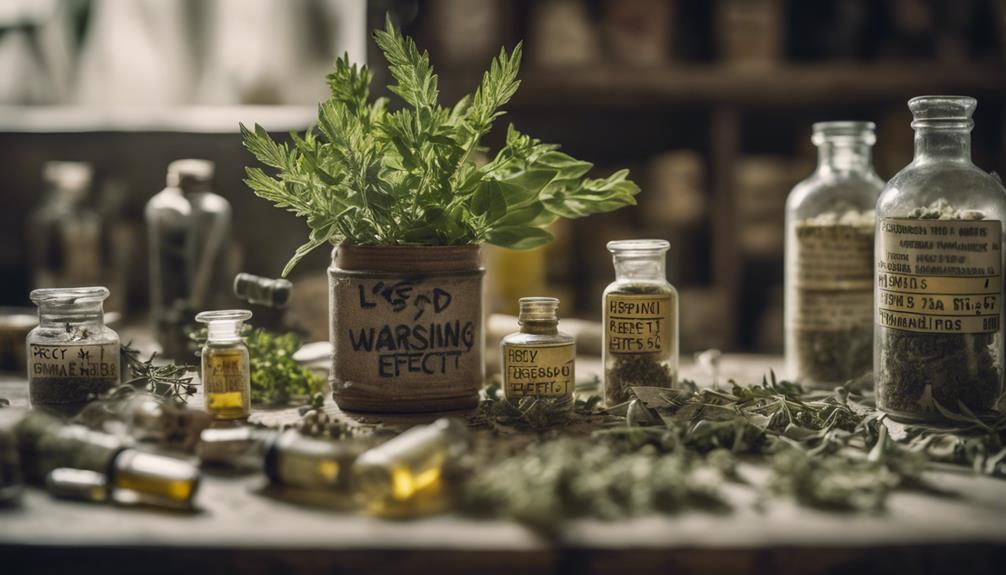Fungal infections on skin are a common yet often misunderstood issue that can affect anyone at any time. These infections arise when certain types of fungi invade the skin, leading to a range of uncomfortable symptoms. Understanding fungal infections on skin is crucial for effective prevention and treatment. In this article, we will explore the nature of these infections, common types, their symptoms, and practical tips for both treatment and prevention.
Understanding Fungal Infections on Skin: What You Need to Know
Fungal infections on skin occur when fungi, which are microorganisms that thrive in warm, moist environments, overgrow beyond their normal limits. These infections can manifest on various parts of the body, including the scalp, feet, and groin, leading to a variety of bothersome symptoms. Although they are typically not life-threatening, they can cause significant discomfort and emotional distress. It’s essential to recognize the conditions that promote fungal growth, such as sweating, poor hygiene, and tight clothing, to reduce the risk of infection.
Many people mistakenly think that fungal infections are only a concern for athletes or those who frequent communal showers. In reality, anyone can develop a fungal infection on their skin, regardless of lifestyle. Factors such as weakened immune systems, diabetes, and certain medications can increase susceptibility. Familiarity with the nature of fungal infections on skin empowers individuals to take preventive measures and seek timely treatment when necessary.
Common Types of Fungal Infections on Skin and Their Symptoms
There are several common types of fungal infections on skin, each with distinct characteristics. One of the most recognizable is ringworm, which presents as a red, circular rash with clear skin in the center. Despite its name, ringworm has nothing to do with worms; it’s caused by a group of fungi known as dermatophytes. Another prevalent infection is athlete’s foot, which typically appears between the toes and can lead to itching, burning, and cracked skin. Both conditions are highly contagious and can be spread through direct contact or contaminated surfaces.
Another type of fungal infection is candidiasis, which is caused by an overgrowth of Candida yeast. This can result in a rash, often in warm, moist areas such as underarms or the groin. Symptoms can include redness, itching, and a white discharge. Understanding the symptoms associated with these common fungal infections on skin is essential, as early identification can lead to quicker treatment and help prevent the spread to others.
Simple Tips for Treating and Preventing Skin Fungal Infections
Treating fungal infections on skin often involves antifungal creams or medications that can effectively eliminate the fungus causing the infection. Over-the-counter treatments are available for mild cases, while more severe or persistent infections may require a doctor’s prescription. It’s also crucial to keep the affected area clean and dry, as moisture can worsen the infection and slow down healing. Regularly changing clothes, especially after sweating, can help reduce the risk of reinfection.
Prevention is just as important as treatment when it comes to fungal infections on skin. Maintaining good hygiene practices, such as washing your feet daily and drying them thoroughly, can significantly reduce the likelihood of infections. Avoiding sharing personal items like towels and shoes, and opting for breathable clothing can also help. Remember, keeping your skin healthy and free from excess moisture is key to preventing fungal infections and ensuring your skin stays comfortable.
In conclusion, understanding fungal infections on skin is essential for effectively managing and preventing these common conditions. By recognizing the types of infections, their symptoms, and following simple treatment and prevention tips, you can protect yourself and maintain healthy skin. Don’t let fungal infections disrupt your life—stay informed and proactive!
